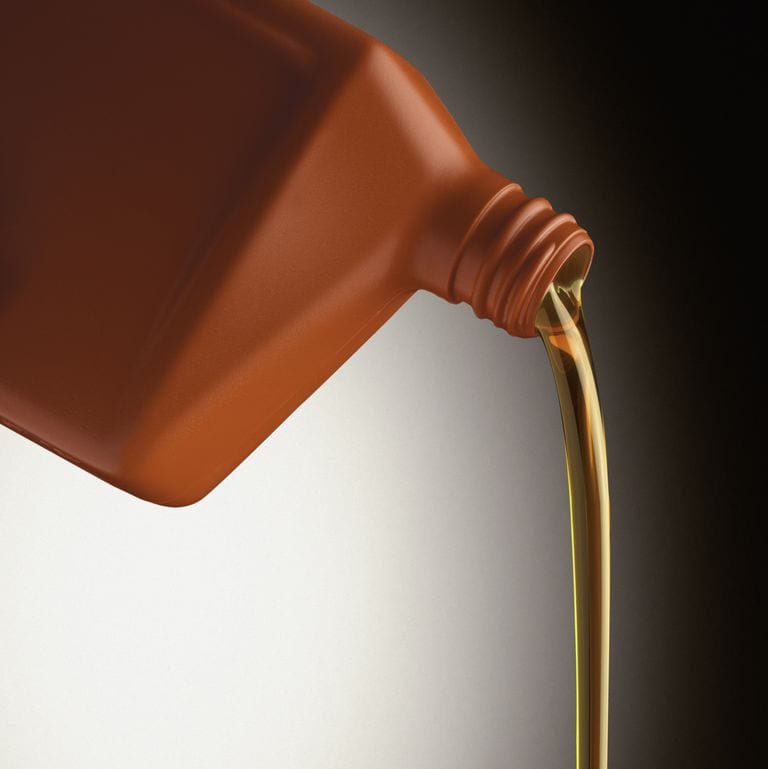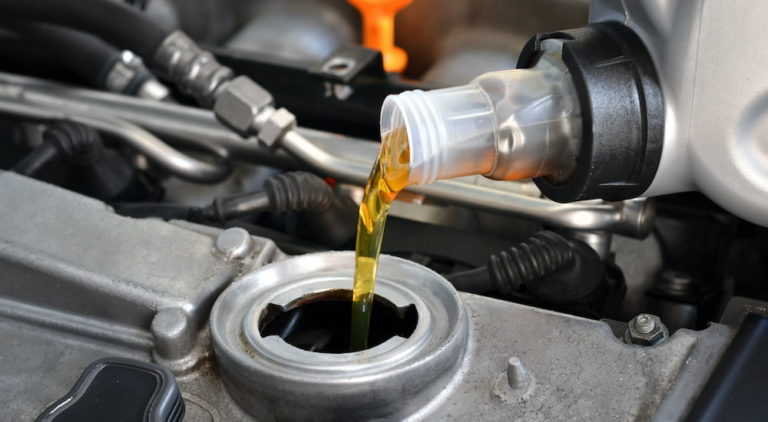

In applications where multiple temperature-related objectives are involved, such as when multi-grade lubricants are selected, measuring at both of these temperatures may also be required.This article needs additional citations for verification. In these situations, it will be necessary to know what viscosity should be expected at two temperature points in order to calculate the rate of change.

This is especially important with operating conditions that are expected to have temperature swings. Thus, it is common for engine oil (and other lubricants under similar conditions) to be tested at 100 degrees C.Īnother key lubricant property, viscosity index, describes the rate at which viscosity changes as the temperature changes.

However, many machines operate at higher temperatures, such as diesel or gasoline engines. Therefore, detecting any abnormalities, such as those influenced by water, fuel or oxidizing oil, would be easier at this lower temperature. Also, viscosity changes are more prominent at lower temperatures. Typically, 40 degrees C is not far from the average industrial machine operating temperature.

It is standard for the temperature to be either 40 degrees C or 100 degrees C, and there are reasons for measuring viscosity at each of these temperatures.īesides normalizing temperature for comparative reasons, it's also best to measure an oil's viscosity as close to what the operating temperature would be. When you test for viscosity, you must normalize the temperature so you can compare among all other results without involving any correction calculations. As temperature goes up, viscosity goes down and vice versa. Temperature is the most influential factor in measuring viscosity. The testing standards for viscosity will typically either be for kinematic viscosity (resistance to flow and sheer by the forces of gravity) or absolute viscosity (the internal resistance to flow and sheer to the applied force, or dynamic viscosity). Thus, it is essential that viscosity be at the top of nearly every oil analysis test slate. It's the main criteria permitting the lubricant to perform as a separating barrier between contacting surfaces. "If you could perform a viscosity test at only one temperature, which would be the most beneficial - 40 or 100 degrees C?"Īs you probably already know, viscosity is the most important property of an oil.


 0 kommentar(er)
0 kommentar(er)
